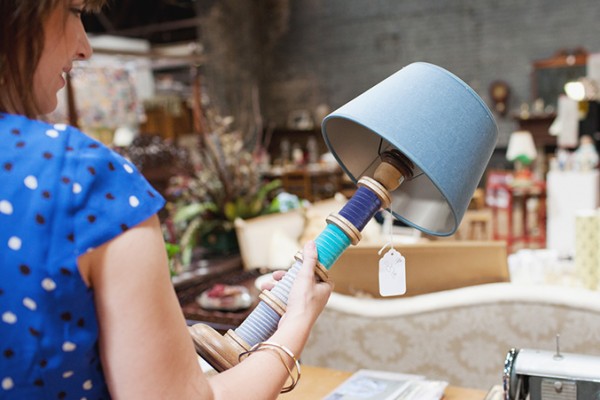

BITING THE BULLET HARD TIPS PRO
This makes purchasing an iPad Pro even more appealing as not only will you be able to move files both ways but it will also be able to support an external mouse or trackpad, as well as Apple Pencil.

With iPadOS (and iOS 13) Apple introduced the capability of connecting an external hard drive to the iPad (and iPhone). My iPad Mini 4 is modest in storage capacity at 128Gb, but should be ample for the number of photos I expect to take on a short trip. I have Apple’s Lightning to SD Card Reader for the iPad, but I will also test connecting my Sony A7r III using its USB-C Cable connected to the Lightning to USB 3 Camera Adapter, and also WiFi, to the iPad. With this plan, I only have 20Gb of cloud storage with Adobe. I subscribe to the Adobe Photography Plan – it costs me £9.98 a month so that gives me Lightroom Classic and web-enabled Lightroom – both of which are kept up to the current releases.
Importing and syncing the images you want to sync from the iPad into Lightroom Classic without losing any edits or metadata, and into the organisational structure of your Lightroom Classic catalog. Incorporating images taken from my iPhone 6s into the workflow so that the ones I choose also appear in my Lightroom Classic catalog. Describing the workflow I will follow whilst travelling to import, sort and edit my images. Using Lightroom Classic as the primary photo catalog, while also using web-enabled Lightroom while traveling. Some critical notes about web-enabled Lightroom and how it works, and how you can set up both it and Lightroom Classic to work happily together. So ( as in the earlier article) I’m going to follow much of the organisation and structure of Nicole’s article and use a lot of her original text, with my local variations, and a few additions to clarify for myself what it is I’m actually doing, and enable me to remember how I was setting my gear up, and why … sort of documentation for self! Here’s what’s covered in this article I’ve played around with syncing Collections and Albums in the former Lightroom CC without really knowing what I was doing and with ZERO commitment to making it part of my workflow until I came across this article written by Nicole Young which ticked all the boxes and answered a lot of my questions and doubts, and persuaded me, in the first instance – before shelling out the dosh for a new iPad Pro – to try and work out a suitable workflow using my iPad Mini 4 running iPadOS. If I could reduce the weight of computing gear down to something close to the 330gm of my iPad Mini 4, that would be a huge saving and it would reduce the bulk of my carry-on camera bag as well. The main reason for wanting to do this is weight when travelling I’d much prefer to carry another lens (or two) on to the plane rather than lug 2kg+++ of MacBook Pro. I am not concerned about getting images from Lightroom Classic into web-enabled Lightroom. So therefore I would like to back-up the images from the card/camera to an external disk connected to the iPad, and to that end I have determined NOT to format my SD-cards until I’m confident the images on them have been backed-up ( as well as the re-organised catalog) on my desktop machine (the iMac) after they have been synced from web-enabled Lightroom to Lightroom Classic when I’ve returned home. I do want to do a little bit of off-line editing, reviewing and sharing to social media platforms (ie flickr, instagram, blog) of images, but I don’t want syncing of every image to take place as I don’t want to have to invest in more than the 20Gb of cloud storage that Adobe includes in my Photography Plan. I want to do this for both cases using web-enabled Lightroom on my iPad Mini 4 – and if it works, I may then look at getting an iPad Pro (perhaps replacing my ageing MacBook Pro with a folio keyboard and Apple Pencil, etc etc.) – and syncing to Lightroom Classic on my iMac. There are two use cases I want to consider:įirstly, getting images from my iPhone into Lightroom and secondly, getting images from my camera (either from the SD-card, by using a USB-C cable, or by WiFi). Of course, I’ve written about my Workflow using Lightroom on more than one occasion 🙂 This post has been a long time in the writing, it’s taken a long time to bite the bullet ( previously grasp the nettle) and see just how I could incorporate Lightroom (or web-enabled Lightroom as I shall call it), into my workflow when my main editing and organising activity is centred around using the desktop version of Lightroom – now called Lightroom Classic.






 0 kommentar(er)
0 kommentar(er)
